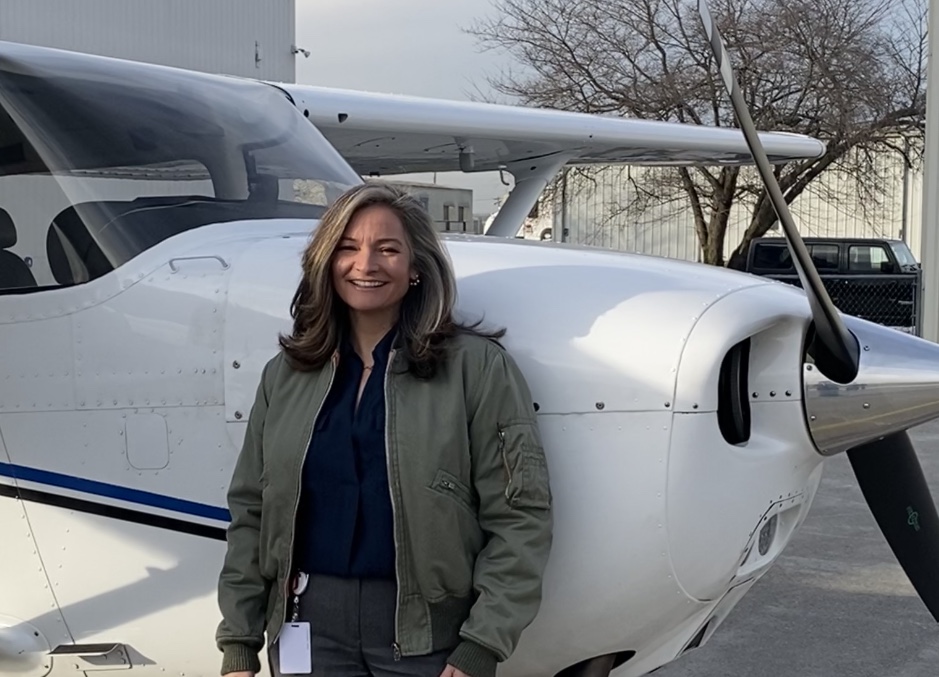For instrument-rated pilots flying under IFR, one step
is making sure that you meet the instrument recency experience requirements in
Part 61. In light of the FAA’s 2018
rulemaking that modernized certain Part 61 rules, now’s a good
time to review some of these requirements.
To act as PIC under IFR or weather conditions less than the minimums prescribed for VFR, FAR 61.57(c) sets forth certain instrument experience requirements. To remain instrument current, the regulation requires that within the preceding 6 calendar months from the month of the flight, a person perform and log at least; 6 instrument approaches, holding procedures and tasks, and intercepting and tracking courses through the use of navigational electronic systems. These are the minimum tasks for currency. The logbook entry requirement are found in FAR 61.51. Further guidance on logging instrument experience is found in FAA’s Information for Operators, InFO15012 (9/8/15).
Performing the currency requirement tasks may be accomplished by flying in actual instrument weather conditions or flying with a safety pilot in simulated instrument weather conditions by using a view-limiting device. Note that if you are flying in simulated instrument conditions using a view-limiting device, FAR 91.109 requires an appropriate safety pilot and per 61.51, pilots must the log the name of the safety pilot.
In keeping with the needs and activities of the general aviation training community, the FAA simplified the rules regarding flight training devices in the 2018 rulemaking. In addition, and in combination with the options of completing currency requirements in the air, FAR 61.57(c)(2) permits instrument currency to be accomplished on the ground using full flight simulators (FFS), flight training devices (FTD), and aviation training devices (ATD). This enhanced freedom to combine various means of achieving currency should be encouraging. However, meeting the minimums for currency doesn’t necessarily guarantee proficiency.
If it has been more than 6 calendar months since meeting the requirements of FAR 61.57(c), section (d) of the rule offers a cure by completing an Instrument Proficiency Check with an authorized person, such as with a flight instructor. For pilots who are also in need of a Flight Review, an Instrument Proficiency Check may be combined with the Flight Review. However, different tasks are required for each with separate and appropriate endorsements in the pilot’s logbook upon completion.
As an experienced aviator[1] once explained, there’s a lot more to instrument proficiency than dancing your eyeballs across the 6 pack of instruments. In my experience, spending time with an instructor beyond any obligatory journey offers a pilot the opportunity of seeing instrument flight through proficient eyes. They may offer guidance on transitioning from instruments to visual on landing, warn of safety issues unique to the pilot’s flying universe, and refresh training tasks that may arise adjacent to instrument flying such as low visibility taxi. Instructors may also recommend courses through the FAA Safety Team (FAASTeam) Pilot Proficiency Program (WINGS) and help design a sustainable proficiency program. Pilots also contribute to the safety of our national airspace system by giving instructors the opportunity to sharpen their communication skills; an important skill in the professional development of any pilot. When it comes to additional guidance on currency requirements and help designing a proficiency plan, pilots can also check out FAA Advisory Circular 61-98D.
[1] Topic suggestion by aviator S. S.
[2] Captain Soma Priddle, Esq.






